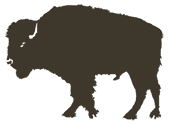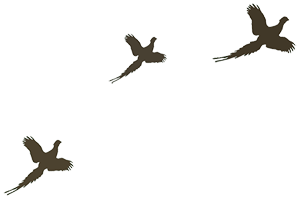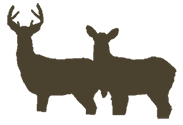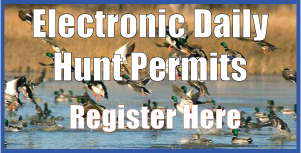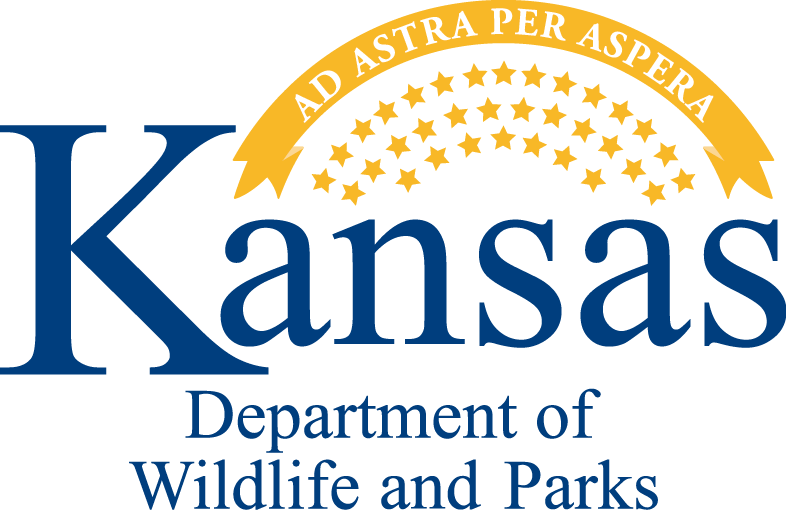Protecting Poultry from Avian Influenza
Protecting Poultry from Avian Influenza
Disease prevention and poultry facilities (commercial and backyard flocks and coops) can become a very complex problem with a highly infectious disease like avian influenza. Biosecurity (doing everything possible to keep disease out of a flock) is likely the most important tool for preventing a flock from becoming sick.
According to the U.S. Food and Drug Administration (FDA),Contact with infected fecal material is the most common of bird-to-bird transmission. Wild ducks often introduce LPAI (low-path avian influenza) into domestic flocks raised on range or in open flight pens through fecal contamination. Within a poultry house, transfer of an HPAI (high path avian influenza) virus between birds also can occur via airborne secretions. The spread of avian influenza between poultry premises almost always follows the movement of contaminated people and equipment.
Avenues of transmission may include but are not limited to:
- Entering a facility with contaminated boots or clothes, either by walking around ponds with wild duck/goose feces, or by handling wild ducks/geese and then not cleaning boots and clothes before entering a facility
- Allowing wild or semi-wild (partly domesticated) ducks/geese to enter a facility or interact directly with chickens or other domestic poultry
- Sharing equipment with other poultry facilities
- Sharing feed with other poultry facilities
- Transporting/selling infected eggs from an infected facility
- Feeding infected egg shells back to chickens/fowl
- Failing to wash boots/shoes before entering the facility after walking where wild birds may have been (ponds, streams, other areas)
- Failing to change clothes before entering the facility after hunting and handling wild birds
- Failing to monitor interactions with chickens/fowl and visitors to the facility, who may be infected
- Bringing harvested waterfowl back to a site with domestic poultry and butchering the wild birds at the site
- Failing to change out of waterfowl hunting clothes and bathing before interacting with a domestic poultry flock
Learn more:
What Consumers Need to Know About Avian Influenza - Website (FDA) http://www.fda.gov/Food/ResourcesForYou/Consumers/ucm085550.htm
Biosecurity Guide for Poultry and Bird Owners (USDA) pdf www.aphis.usda.gov/publications/animal_health/2014/pub_bioguide_poultry_bird.pdf
Biosecurity for Birds - Websites (USDA and KDA)

